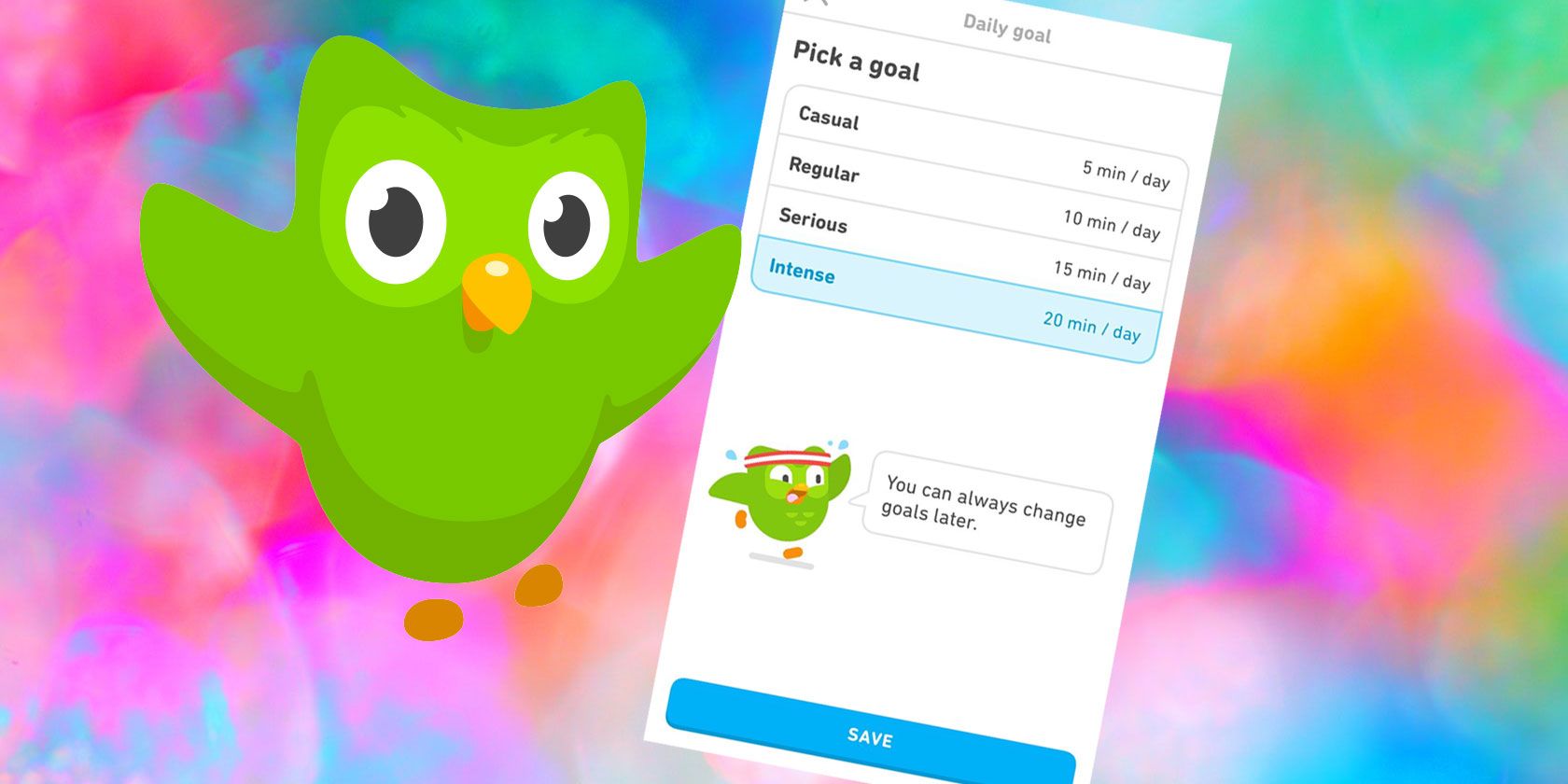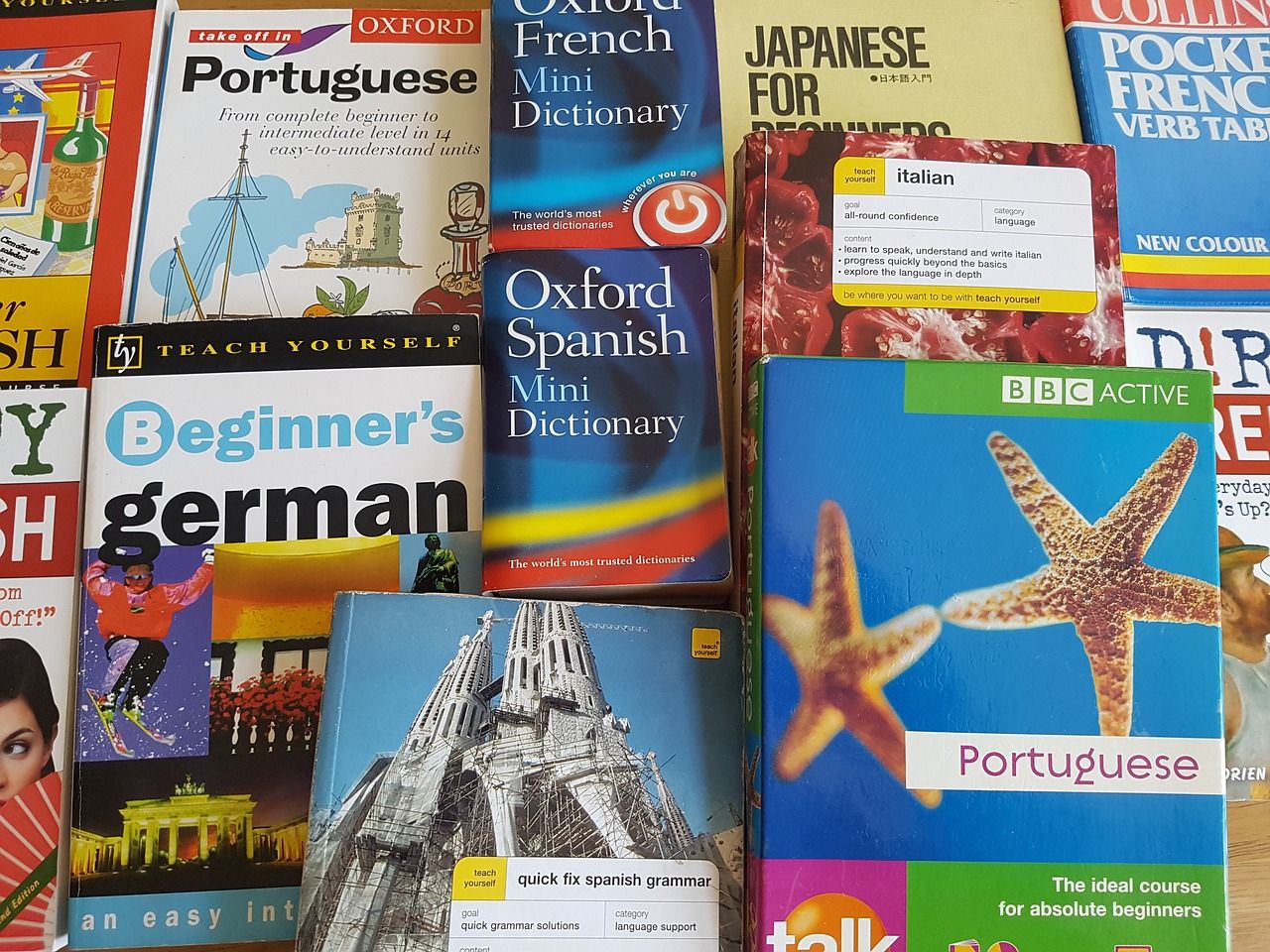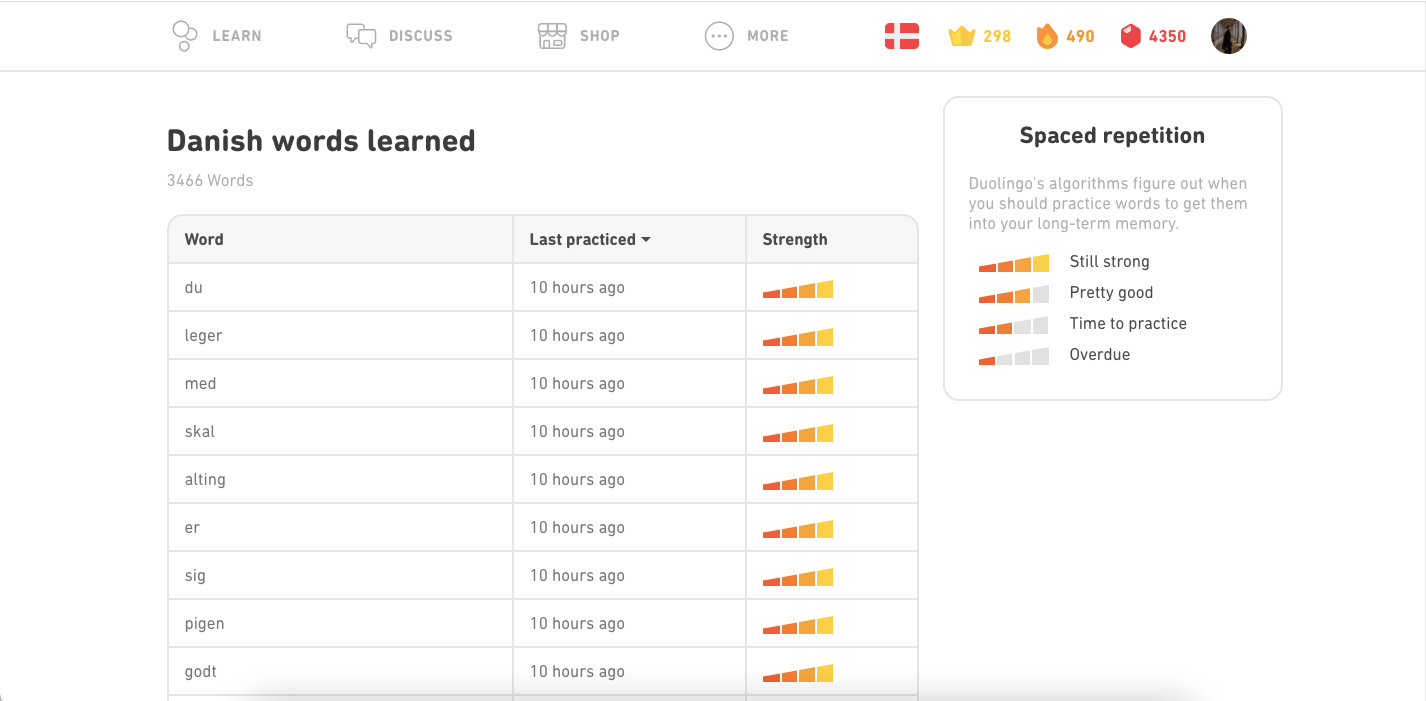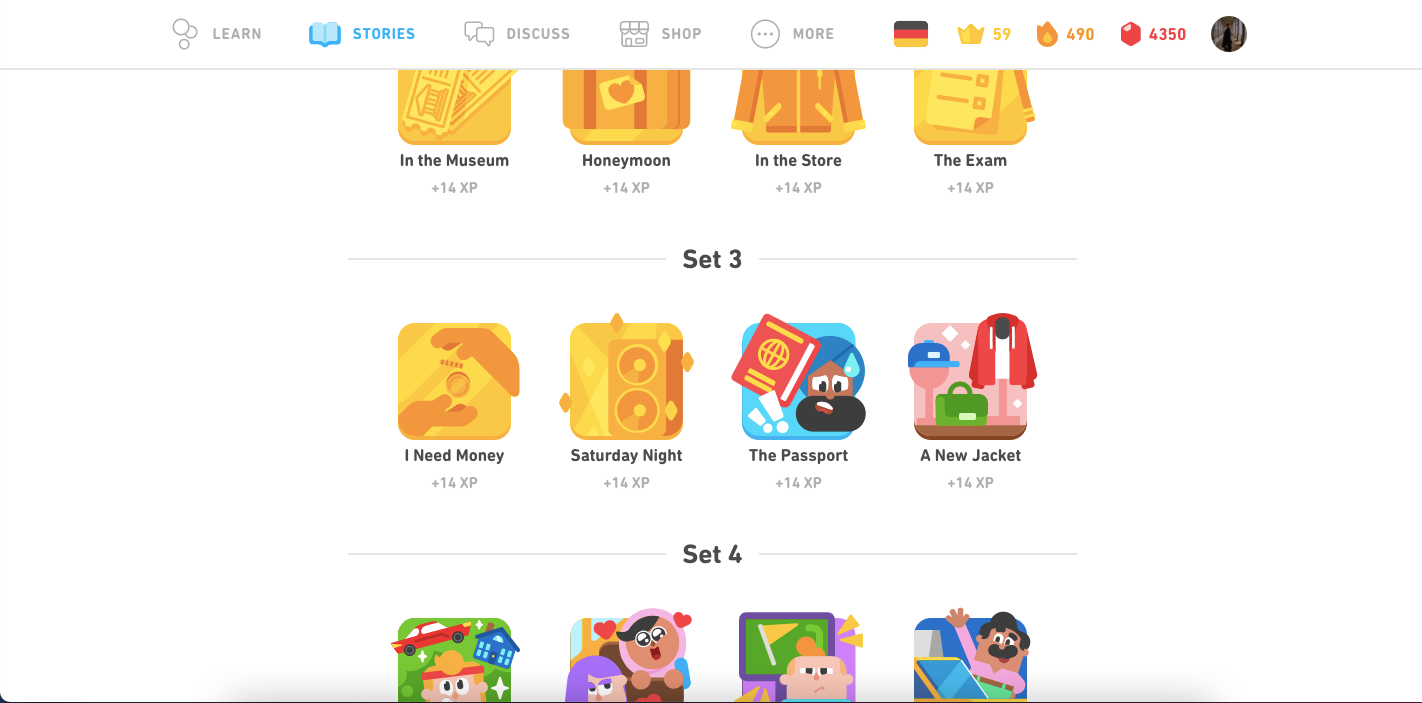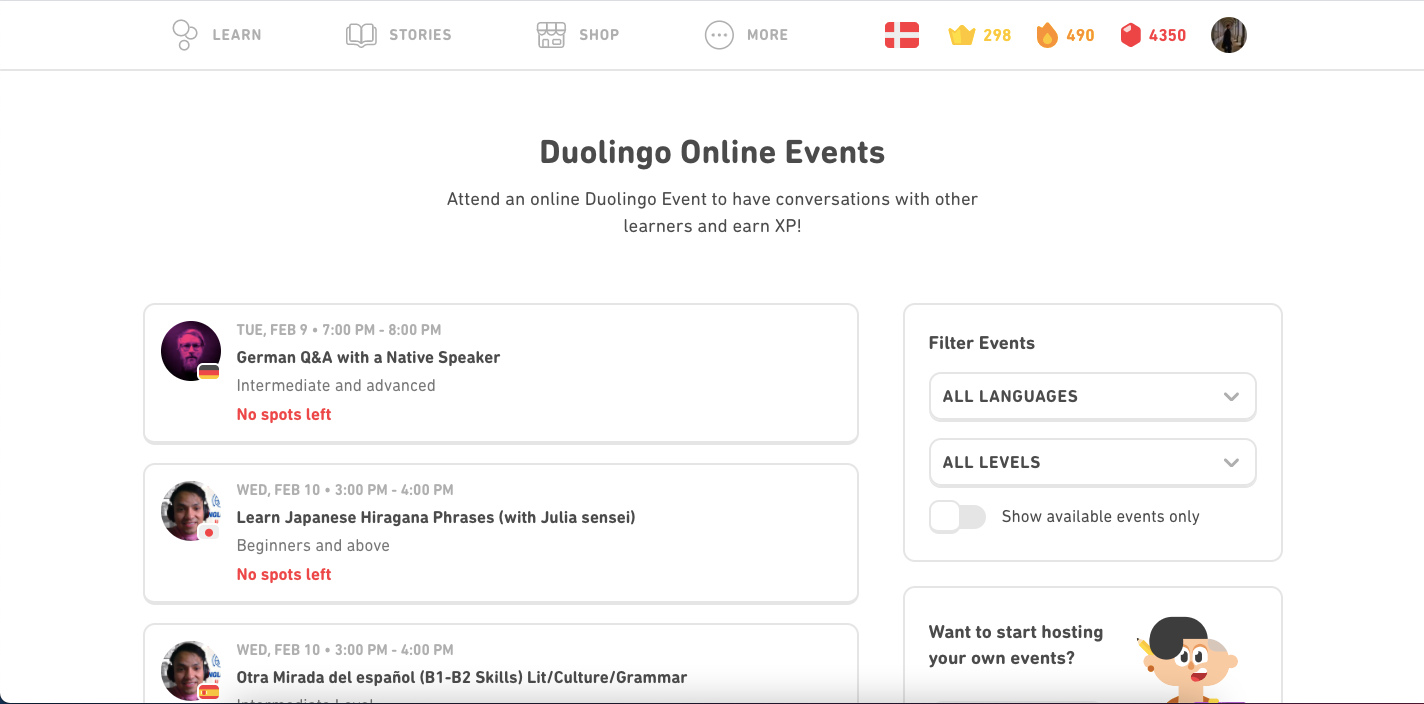Duolingo is an excellent introduction to learning a new language, but many users make similar mistakes when using the app. Because of this, they fail to make the most of their lessons.
Often, learners will either train inconsistently or not spend enough time learning. Many people learning a language with Duolingo also fall into the trap of only using this app and not also immersing themselves in their target language elsewhere.
Do you feel like you're not getting the most out of your Duolingo lessons? Here are some tips you should consider to reach your language-learning goals.
1. Spend Plenty of Time Learning
You don’t need to spend hours on Duolingo each day. However, you must put a reasonable amount of time into learning.
If you log in to complete one lesson and sign out as soon as you’ve reached 10XP, you won’t get very far.
To optimize your learning, aim to spend between 15 and 30 minutes on the app each day.
If you're struggling to commit a decent amount of time to your learning, try breaking the time up throughout your day. You could spend five minutes practicing in the morning, another five at lunchtime, and five more in the evening.
As a way to help yourself spend more time learning, consider increasing your daily XP goals. To do this:
- Go to Profile and hit the settings icon at the top of your phone screen.
- Scroll down to Edit Daily Goal.
- Choose between Casual, Regular, Serious, and Intense.
- After making your choice, tap Save.
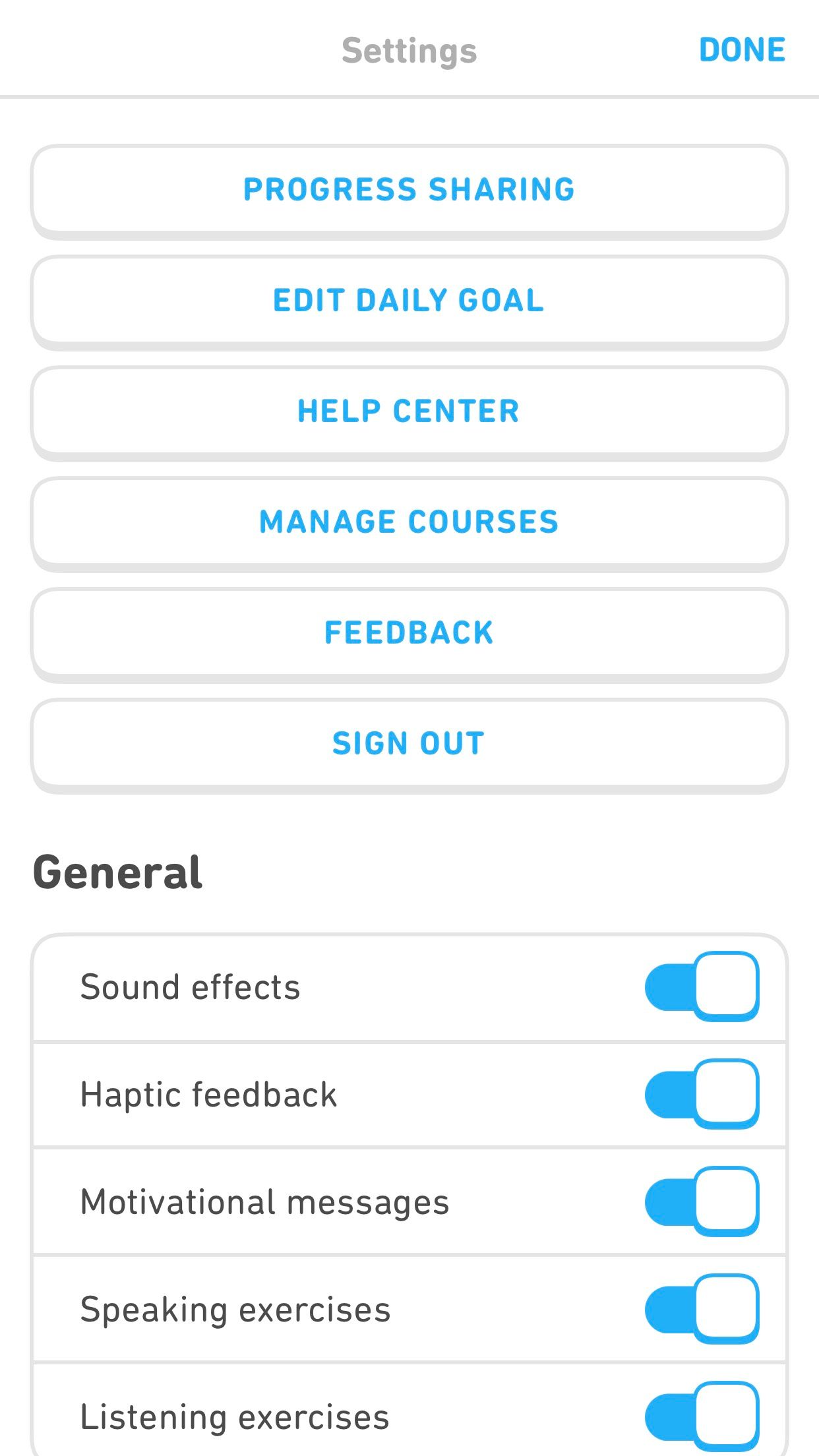
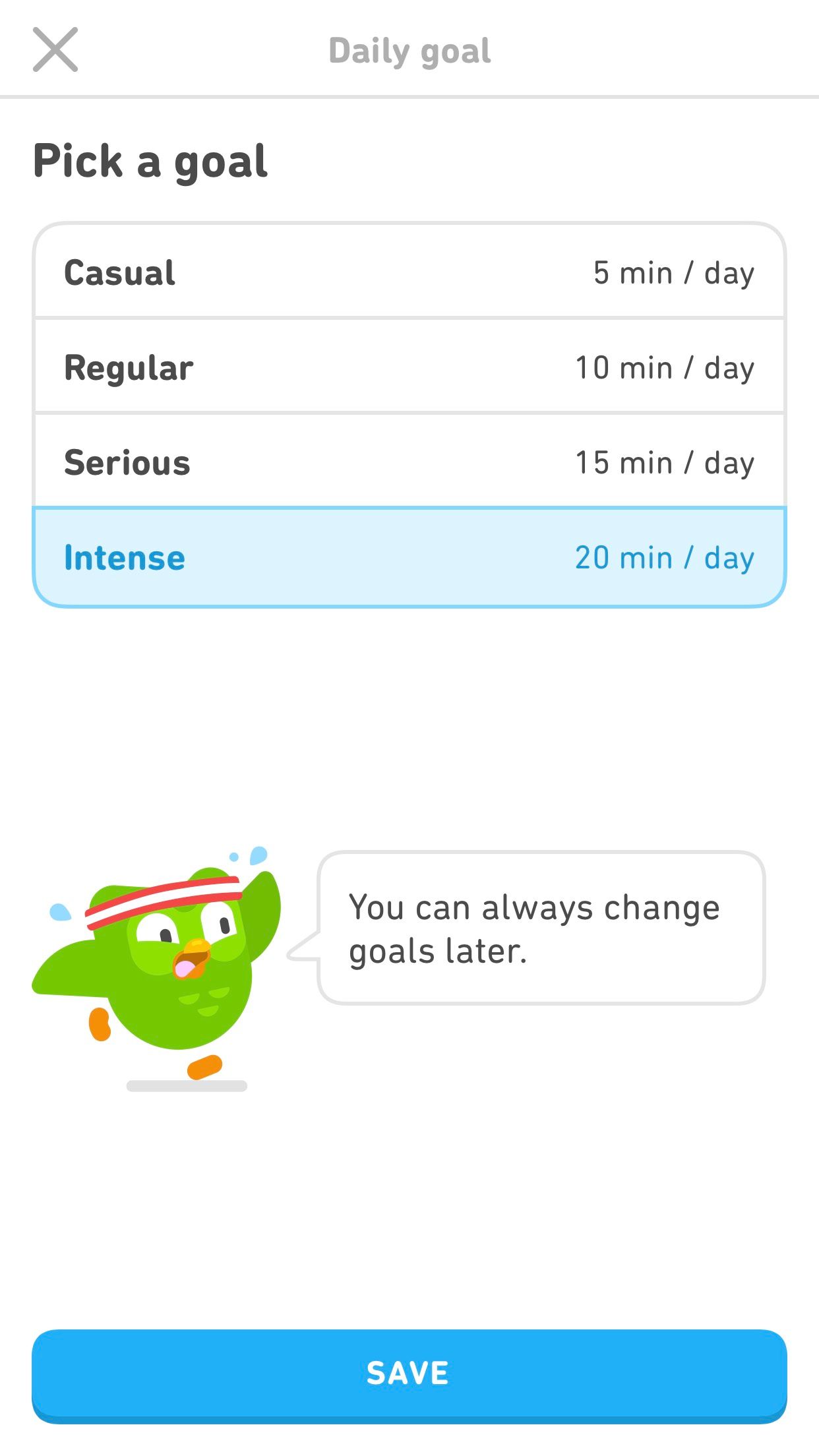
2. Don't Rely On Duolingo Alone
On the other side of not spending enough time on Duolingo, some users have the opposite problem and rely too much on the app.
If you’re serious about learning a language beyond the beginner stage, you’re going to limit yourself if you only stick to one resource.
Rather than seeing Duolingo as your only resource, look at it as a way to complement the other resources you're using.
Alongside Duolingo, you can boost your language skills with similar apps, like Babbel.
Other resources are just as useful, though. Besides textbooks, you can also get creative and look for YouTube channels, podcasts, Netflix series, and blogs.
3. Don't Leave the App During a Lesson
When you're on Duolingo, staying on the app until you complete your lesson is vital.
If you return to your home screen during the lesson, the app might kick you out of your lesson. You won't get the XP and will need to start again.
The only time you should close the Duolingo app during a lesson is if you encounter a bug. Examples could include a frozen screen, or if your lesson won't start.
4. Use Your Target Language’s Keyboard
Using your target language’s keyboard isn’t a must when using Duolingo. But doing so will make your lessons a lot easier.
Firstly, using your target language’s keyboard will give you access to any unique accents and characters that aren’t available in English.
Secondly, you’ll minimize your risks of making mistakes because of typos.
To change to your target language’s keyboard:
- Go to Settings > General > Keyboard.
- Go into Keyboards.
- Go to Add New Keyboard.
- Choose the language you want to add.
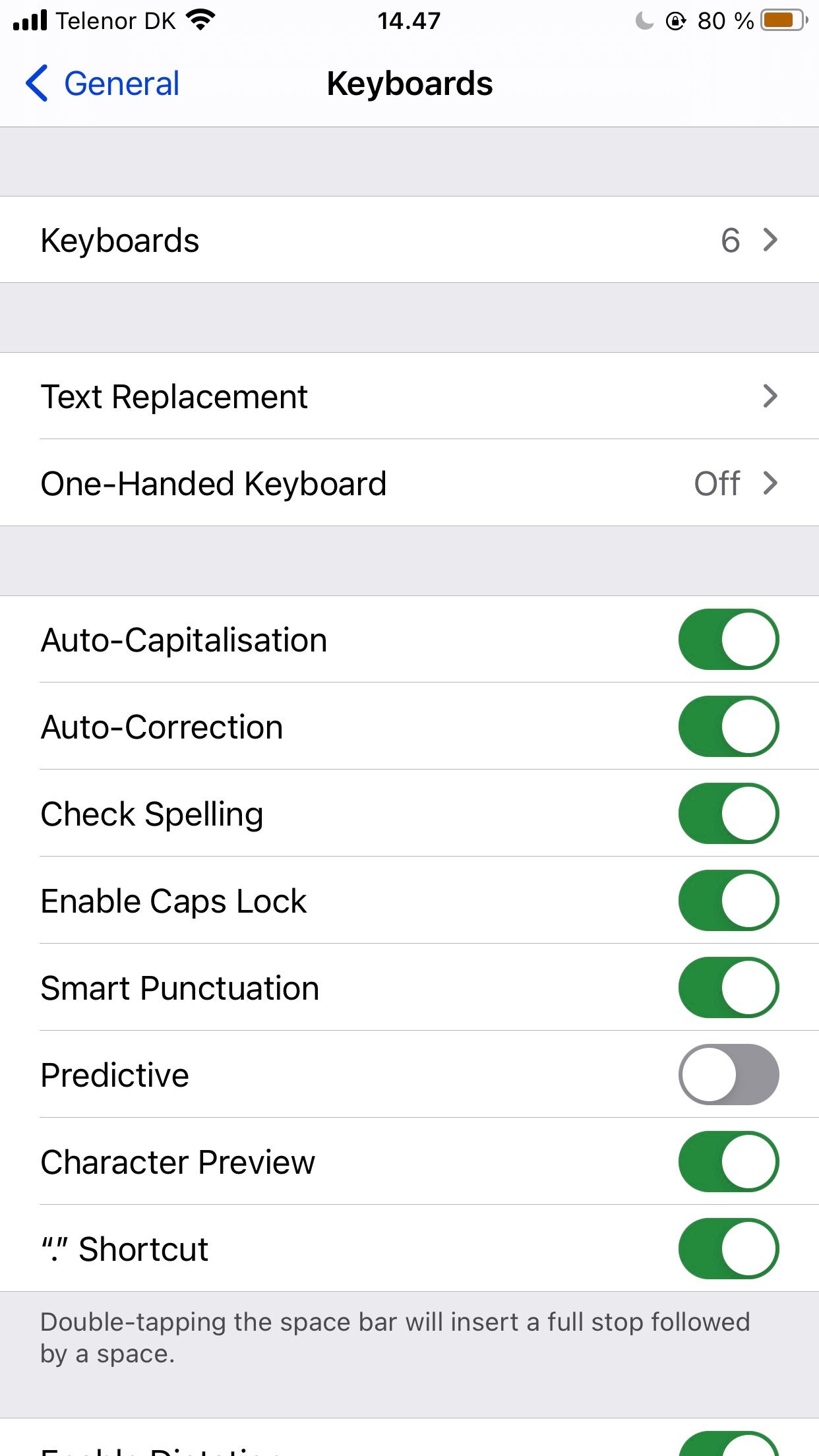
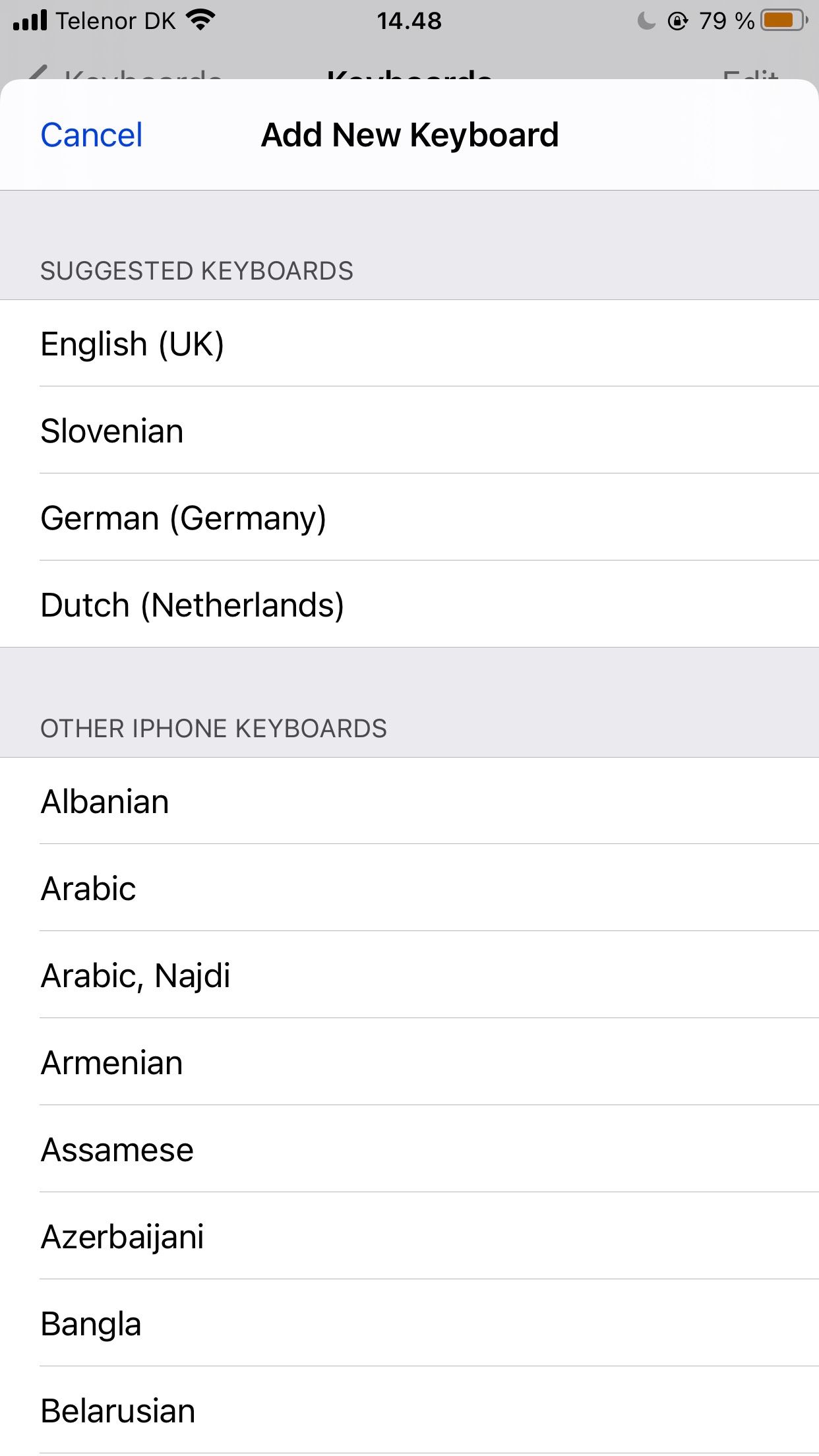
Before your keyboard appears, you may need to reset your phone. If you still can’t see the keyboard, try the following steps:
- Go to Settings > General > Language & Region.
- Change your phone’s language.
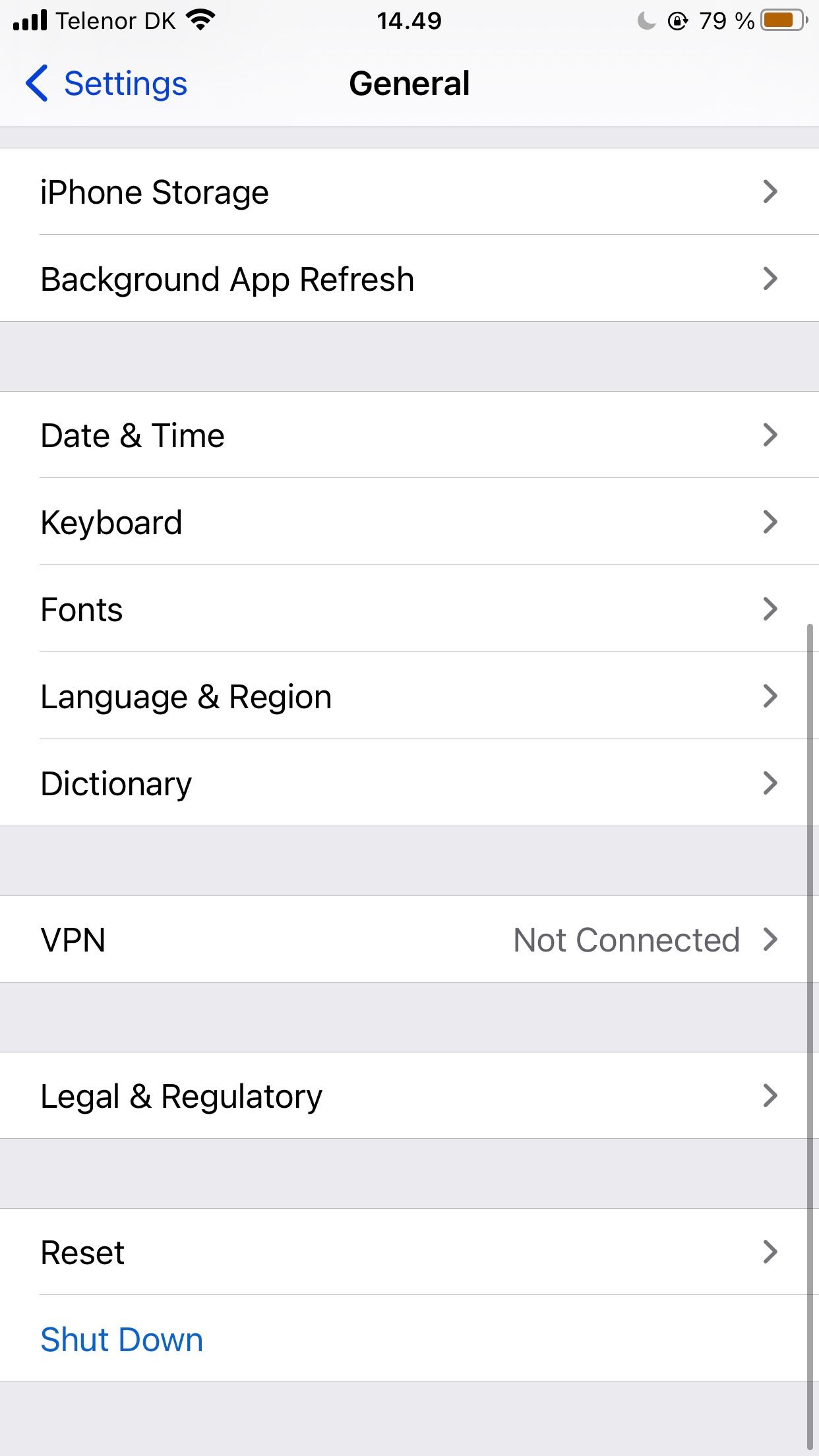
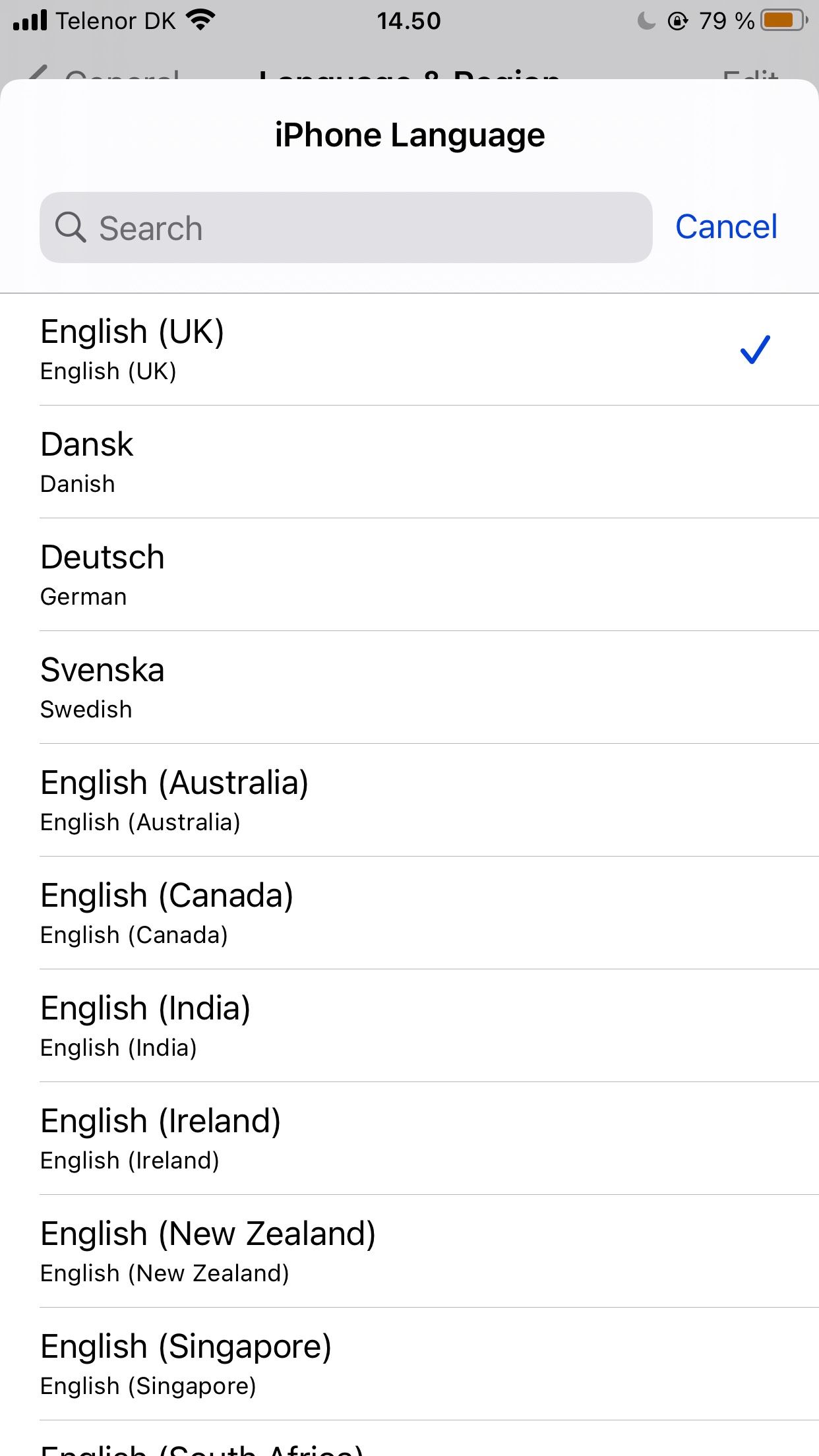
5. Revise
Just because you’ve completed a level doesn’t mean your job is done. To learn a language, repetition is vital.
To revise effectively, revisit levels that you struggled with and repeat lessons until the vocabulary becomes familiar.
You can also find out where your knowledge has gaps by using the Duolingo web app. Go to More > Words, and review your vocabulary list.
On the vocabulary list, you'll see a list of words and how long it has been since you last practiced them.
6. Aim for Understanding
When using Duolingo, make sure you understand as much as possible on a level before progressing.
For example, if you’re learning German, when would you use Der and Die? Or for French, when should you use Le and La?
To understand when you would use each word and phrase, you have two choices. The first is to follow the previously-mentioned step and revise regularly. You can also write down your own sentences and try to use the words you learn in those contexts.
By taking the time to understand what you learn, rather than simply remembering it, you can transfer your knowledge to real-life situations and supplement the other resources you use.
7. Don't Focus Only on the Duolingo Tree
The Duolingo tree is the core of each language course on the platform. However, you have plenty of other options that you can and should make use of.
French and Spanish have interesting podcasts for English learners. Both of these and others, like German, have a Stories feature. These stories let you practice your grammar and brush up on your vocabulary in a more complex way than the tree offers.
If your target language offers stories, you can start going through these by heading to the Stories tab.
You can also use the Events tab to find local meetups and connect with like-minded people. You will see a variety of online events here.
To find out what's on offer, go to More > Events.
Every Duolingo course also has a dedicated forum, dictionary, and word chart. Regardless of which language you’re learning, you should consider using these too.
Besides strengthening your knowledge, you’ll also connect with others and could find a couple of new buddies to learn your target language with.
Maximize Your Language-Learning Experience With Duolingo
Duolingo is popular for a good reason. Each course offers an impressive range of vocabulary to help users start learning a language for free. If you’re willing to go beyond the basics, you can use the app to both advance your skills and keep things fun.
By revising the lessons you’ve learned, using extra features, and using more than one resource to learn your language, you’ll learn more in less time.

